FCA’s John Campbell explores how the unassigned workplace can provide a truly agile work environment.
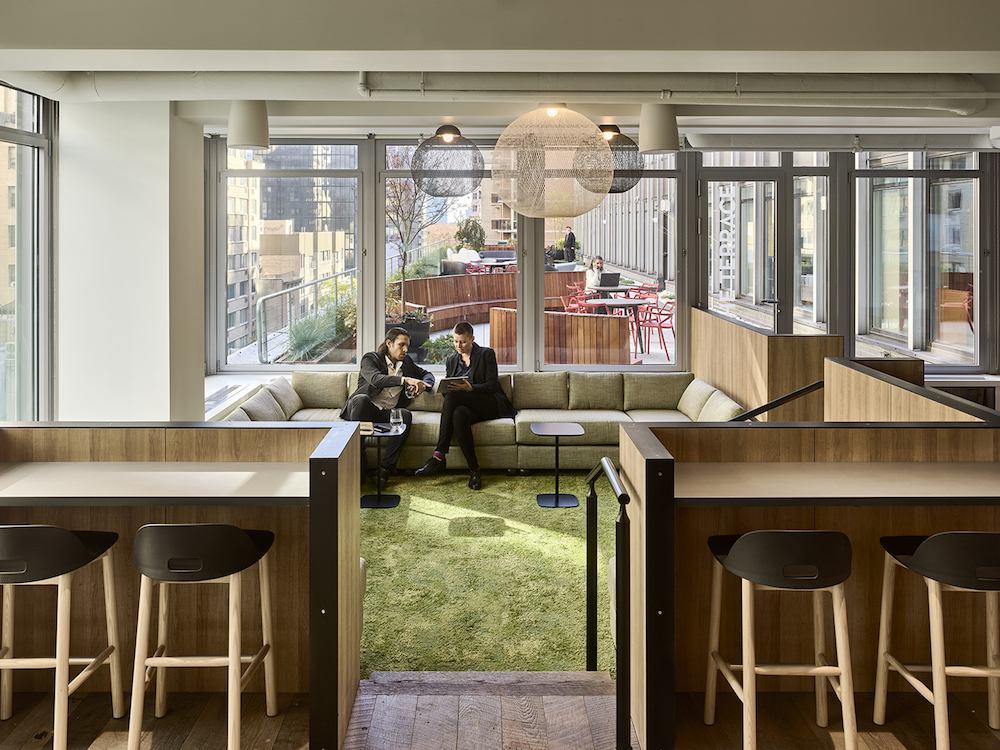
Unassigned seating is not a new concept; it is one that has been present in the workplace industry for years. While the thought of not having a dedicated workspace might have made employees feel a bit uneasy in the past, the pandemic re-established the trend’s promising future as it has made its way into offices across the country.
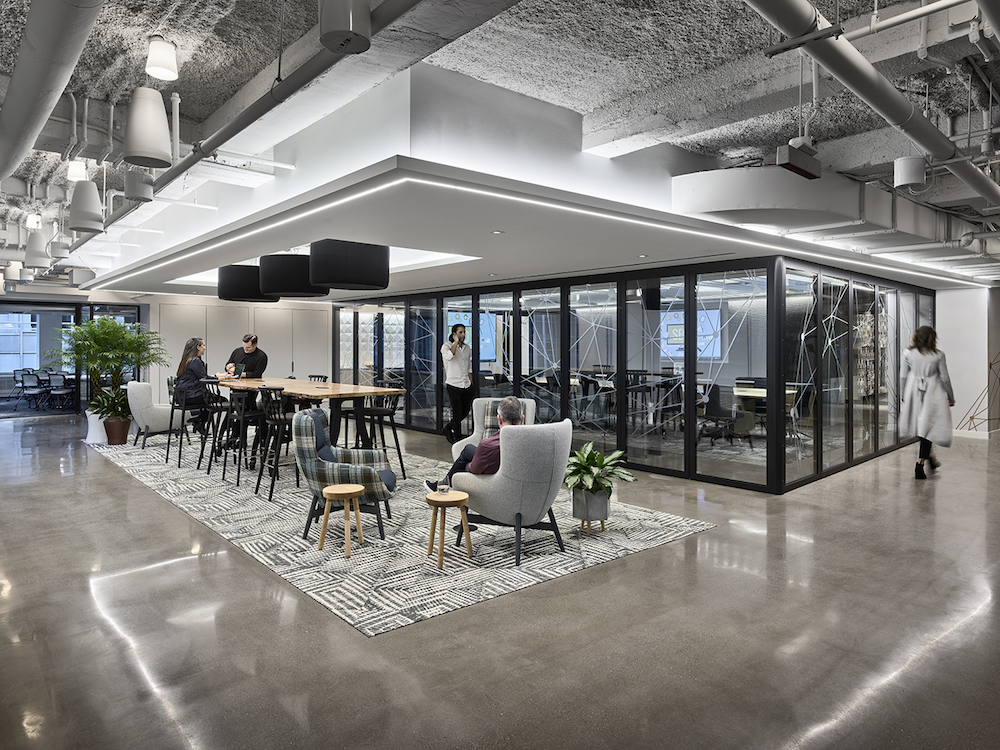
The Power of Choice
An interesting aspect of the pandemic is the acceleration of a work transformation that has been in motion for well over a decade. While on the minds of many who run companies prior to the pandemic, it has only compounded the question of who gets an assigned seat versus who gets an unassigned seat. While COVID-19 is changing the script on working at home, it also emphasizes the importance of the physical workplace. The office is the community-building space where we physically gather, network, exchange, socialize, collaborate, build relationships, innovate, and learn. That physical proximity and face-to-face interaction is what builds trust among coworkers. The role of the office is shifting to now focus on ‘choice’ in how, when, and where individuals conduct their work.
As the focus of coming to the office becomes more about collaborative work, learning and social interaction, this requires companies to reconsider and recalibrate the distribution of space types to address employee’s new expectations and their office experience. With increasing competition for talent, creating the right office experience for employees is essential. Providing ‘choice’ in the workplace is a powerful tool in achieving this through creating a wide range of work settings to cater for individual differences. As we continue to understand more about neurodiversity, the need for choice in selecting the appropriate work setting for the task at hand will play an increasingly significant part in productivity.
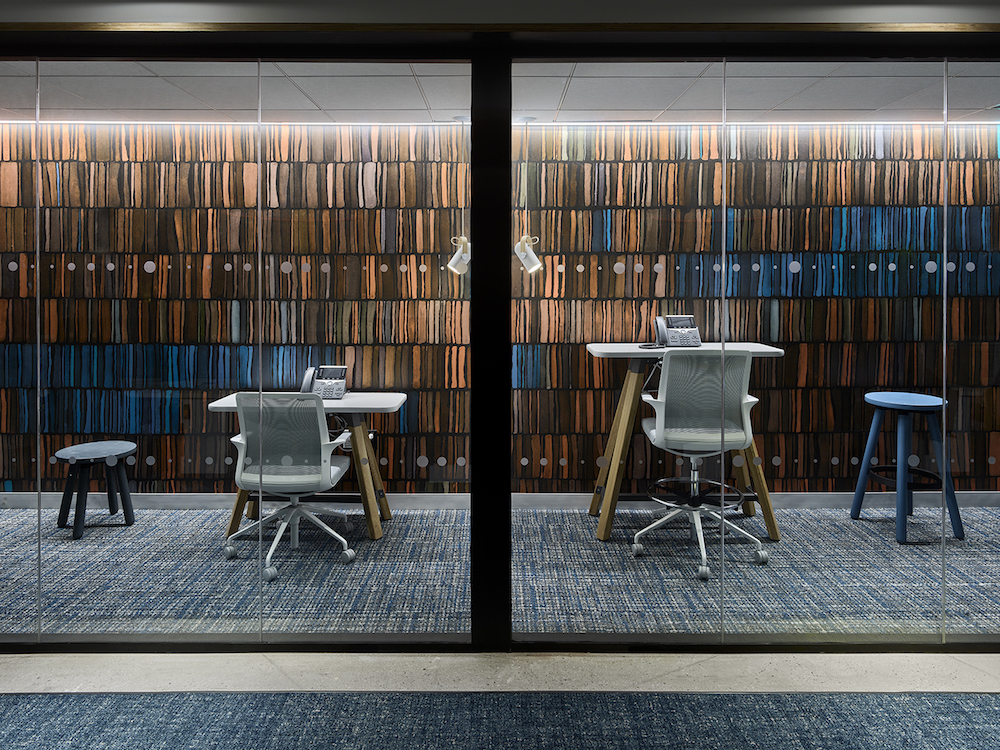
The Space Recalibration Dilemma: Assigned vs. Unassigned
In addition, results from multiple global surveys conducted in recent months have shown that a majority of employees want to have a ‘hybrid’ work schedule moving forward. With this hybrid concept, staff would be allowed to have a mix of working remotely and at the office during the week. Prior to the pandemic, the typical office in the United States had an average occupancy of 55%. In the new hybrid model, with a heavy emphasis placed on an agile work model, this occupancy utilization percentage is likely to be considerably less.
This creates a dilemma for companies as leaders need to define the amount and type of space that is required if most employees plan to be in the office only 2-3 days a week–with the overall emphasis less on focused work and more for collaborative work, learning, and social purposes. Adopting the hybrid model across various industries brings up questions including: do employees need an assigned seat in the traditional sense? For some, there will always be the concern about cleanliness, the desire to want their belongings around them for easy access and a sense of security, as well as the opportunity to personalize their desks. However, surveys have shown that a significant number of employees are prepared to give up their assigned desk in exchange for being able to work remotely 2-3 days a week. Central to the premise of unassigned seating is a clean desk policy. At the end of each day, the employee is responsible for cleaning the desk and removing their personal items. A clean desk policy creates less of a cleanliness issue, as it is much easier to ensure the office is cleaned thoroughly compared to assigned desks where individual belongings remain. In addition, wipes are typically provided to enable individuals to wipe down desks as desired.
Implementing an unassigned seating policy can’t be done in isolation. It requires the variety in the office work settings to enable individual choice in selecting where they work. The move to unassigned seating and an agile workplace based on choice enables companies to meet changing employee demands and expectations. With company operations, it helps accomplish the agility required to meet changing business needs and demands.
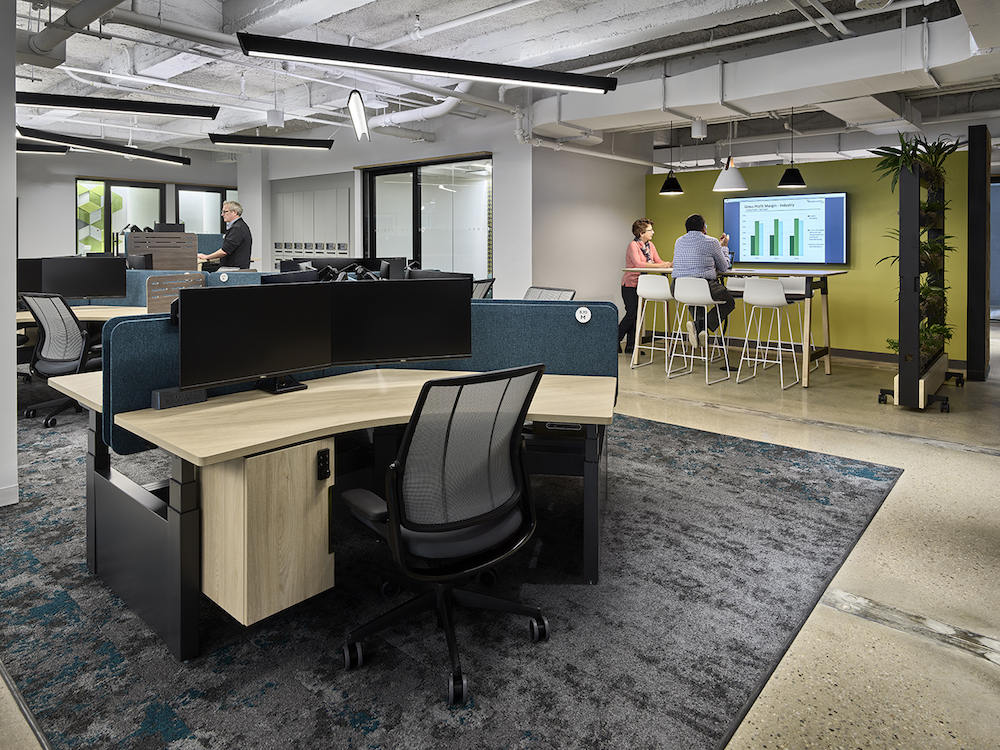
Unassigned Seating in Action
Many companies have utilized a 100% unassigned desk policy for years with great success. These companies implemented the unassigned seating program by deploying a robust change management process to help employees address their concerns and embrace a new way of working.
For example, an unassigned seating environment was vital for national business and accounting consultancy, EisnerAmper during the planning phase of their new headquarters in New York City–well before COVID-19 came about. EisnerAmper requested that we incorporate unassigned (hot desking) throughout the office using a reservation application that could be accessed via employee cell phones.
Throughout the process, our team worked closely with employees and EisnerAmper’s IT team to develop a universal technology kit for each team member. This included a designated laptop, mobile monitor, keyboard, and mouse. To accommodate all of these belongings, EisnerAmper provides each employee with a backpack and a dedicated locker to collect mail and hold personal items. In addition, every reservable workspace has a custom-designed storage cabinet to hold the backpack during the day. Unassigned filing drawers were strategically distributed around the floors for any overflow materials. All lockers, cabinets, and filing drawers have a user-defined combination lock that allows employees to keep their things secure. When the user empties the cabinet or drawer, the lock resets and is again available for anyone’s use. The reservation app allows employees to see how many other desks are reserved every day and where they are in the space. There are also hundreds of non-reservable spaces such as phone booths, study pods, and lounge environments that are only available on an as-needed basis.
Unexpectedly and to the firm’s advantage, the unassigned seating model proved to be a beneficial approach to desking as the office design didn’t have to undergo any significant changes amidst the COVID-19 pandemic. Minor adjustments had to be made when the business reopened its doors to employees this past November. EisnerAmper easily adjusted the reservation app to comply with social distancing standards so that employees could work at six feet apart and on a staggered schedule.
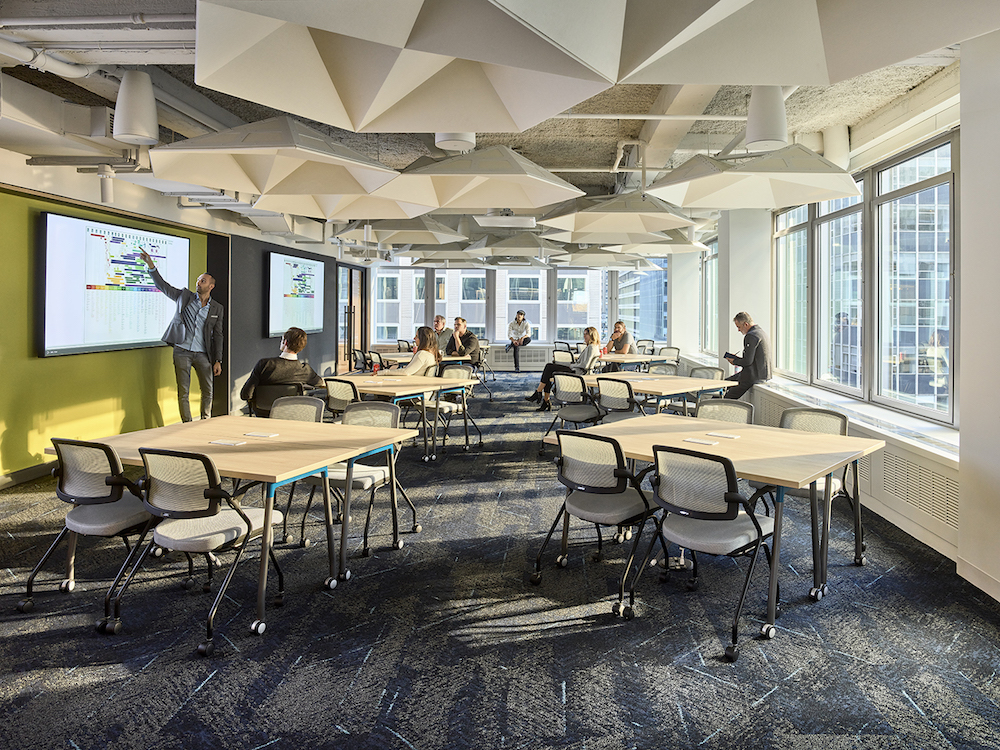
Conclusion
The ‘unassigned’ workplace provides a truly agile work environment. Working from home has shown us that we do not need to be tethered to an individually assigned desk in the office. A workplace built around employee choice creates a completely different employee experience which caters for our differences and diverse needs.
In our experience, this type of workplace has seen the rise of a new type of position within the company, the community manager, which combines the skills from human resources, facility management and hospitality. They are the eyes and ears to the daily utilization and function within the space, so in real time they can respond and address individual employee and team needs and provide the social glue that builds the company culture and connection.
In addition to the significant benefit of unassigned seating for the individual employee, it provides the ability for companies to readily reconfigure teams, departments, and adjacencies–without the downtime required to physically move individuals or take on any construction that can be very costly and disruptive to business operations.


As a designer, workplace strategist, furniture specialist I value this concept, but worry about the long term impact. People are who they are.
The more informal, interchangeable, cookie-cutter the environment – the more people may think “of course I will work from home- I can eat toast and my dog can be my co-worker for the day!”
I love my career and I would love to see ideas that keep people in the office and allow me and other designers to create amazing environments for work forever.
All I know is design wont stop employees from resigning but making their workspace relevant and cool makes it Harder to walk away!